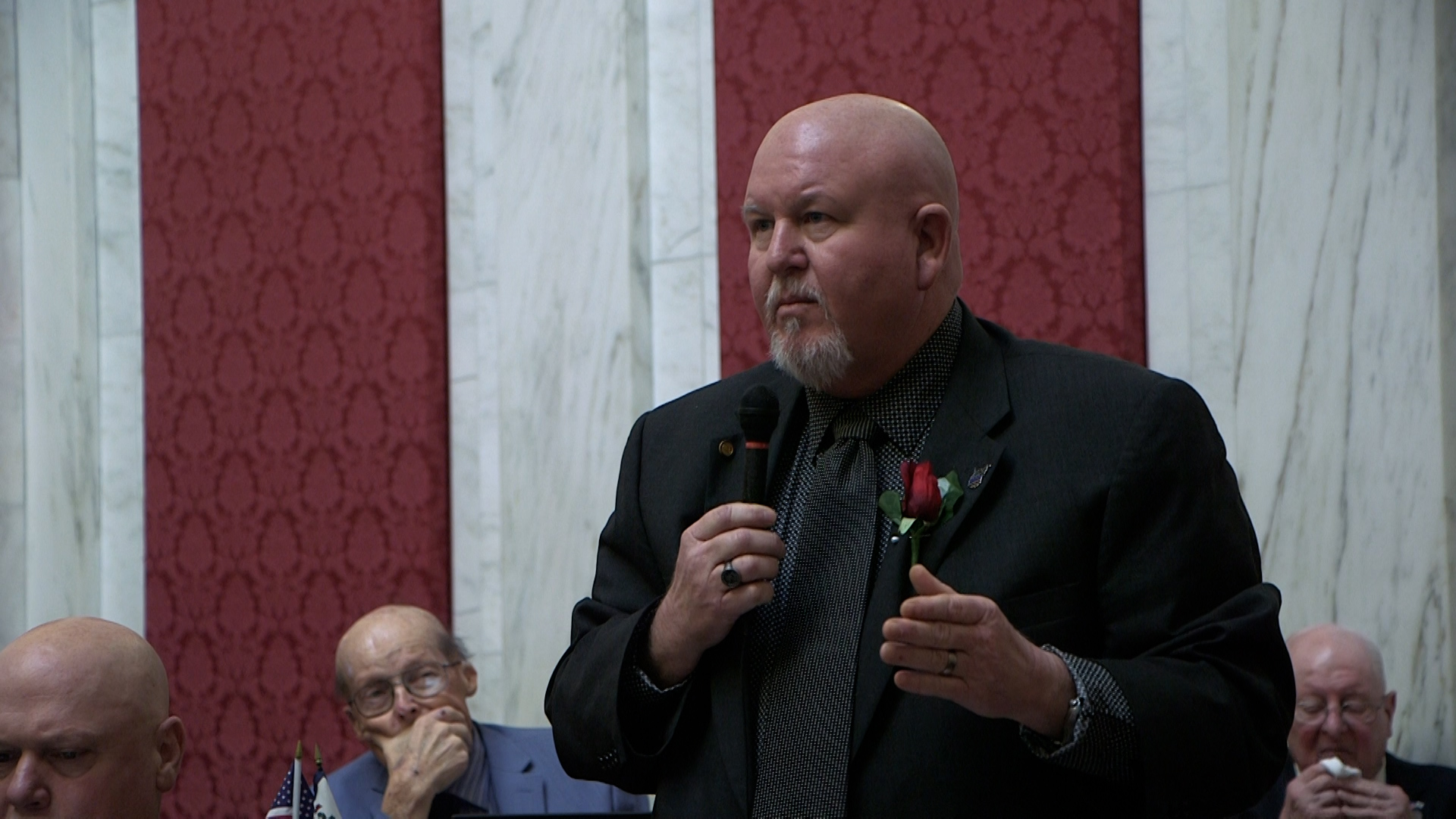Changes may be coming to the Office of Drug Control Policy if a House bill passes the West Virginia Legislature.
House Bill 3306 would take the office away from the state Department of Health and Human Resources (DHHR) and give it new responsibilities.
One new duty is the creation of a Sober Living Home Taskforce. According to state surveys, there is an influx of substance use disorder treatment and rehabilitation homes around the state. That growth has prompted a number of related bills and studies.
Del. Scot Heckert, R-Wood, believes the task force will aid in controlling and decreasing what he and others say are a growing number of non-certified, unregulated, sober living homes more focused on making a profit than helping people.
“It’s like Dodge City,” Heckert said. “They do what they want to. Our approval in the house for a task force to study them will help weed out the baddies.”
The bill also charges the office with developing a strategic plan to reduce the prevalence of drug and alcohol abuse and smoking by at least 10 percent but it doesn’t set a deadline.
The legislation also deems the office must:
- Oversee a school-based initiative that links schools with community-based agencies and health departments to implement school-based anti-drug and anti-tobacco programs; coordinate media campaigns designed to demonstrate the negative impact of substance use disorder, smoking and the increased risk of tobacco addiction and the development of other diseases.
- Review Drug Enforcement Agency and the West Virginia scheduling of controlled substances and recommend changes that should be made based on data analysis.
- Develop recommendations to improve communication between health care providers and their patients about the risks and benefits of opioid therapy for acute pain, improve the safety and effectiveness of pain treatment, and reduce the risks associated with long-term opioid therapy, including opioid use disorder and overdose.
The bill passed by a vote of 90 to 4 and now goes to the Senate for consideration.
